‘Peaks upon peaks and glaciers after glaciers’: What to expect at Wrangell-St. Elias
Wrangell St-Elias is a big deal, literally.
It’s America’s largest national park.
“Wrangell-St. Elias encompasses one of the largest concentrations of mountains, glaciers, rivers, and wildlife in the world,” said Mike Townsend, Visual Information Specialist at Wrangell-St. Elias National Park and Preserve.
There is so much to see across its Alaskan landscape, but with its remote location, it saw just over 78,300 visitors last year, making it one of America’s least visited national parks according to National Park Service statistics.
Here’s what folks are missing at Wrangell-St. Elias, the latest national park in USA TODAY’s yearlong series.
Where is Wrangell-St. Elias?
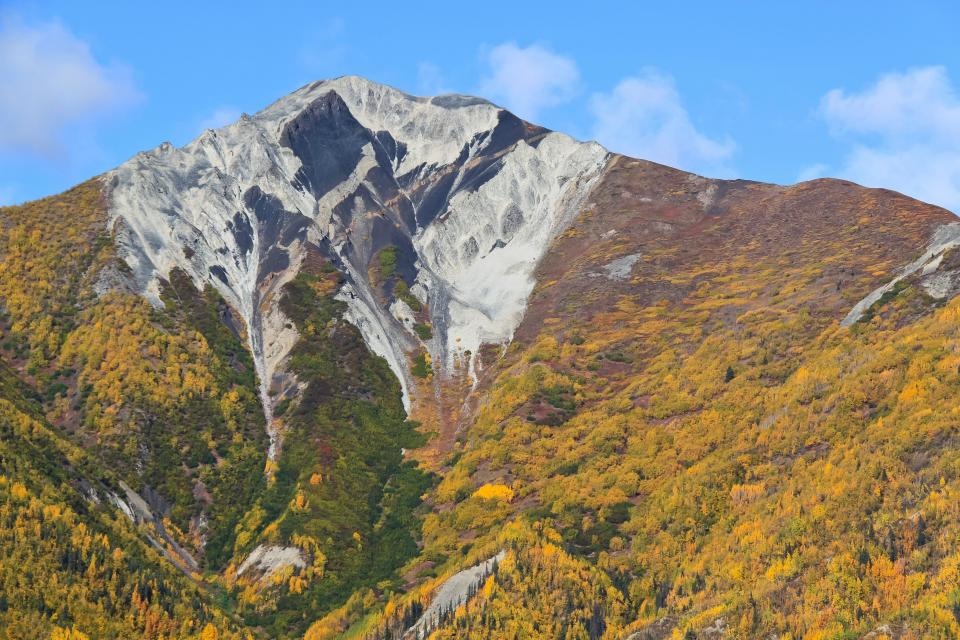
Wrangell-St. Elias is located roughly 200 miles northeast of Anchorage and 250 miles south of Fairbanks, according to the park’s website. The park recommends flying into either city, then taking a car or private shuttle service to the park.
The visitor center is a short drive from the town of Glenallen. There are no fees to enter the park.
How large is Wrangell-St. Elias?
Wrangell-St. Elias spans 13.2 million acres.
“It equals six Yellowstones, with peaks upon peaks and glaciers after glaciers,” the park says on its website.
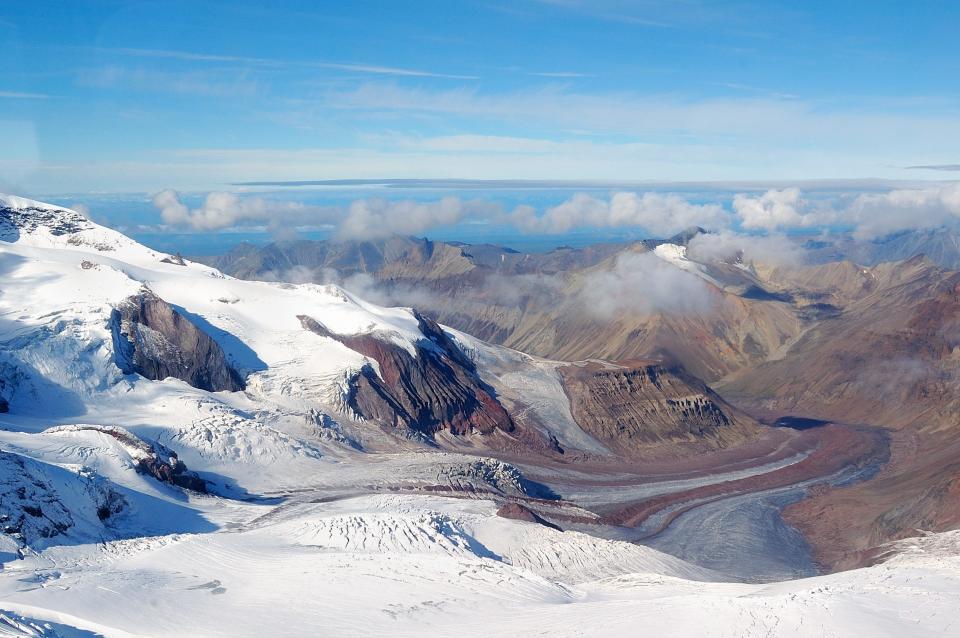
What is Wrangell-St Elias famous for?
In addition to being America’s largest national park, Wrangell-St. Elias features the largest wilderness area in the National Wilderness Preservation System, according to the park’s website.
It’s also part of “one of the largest internationally protected ecosystems on the planet,” Townsend said. Together with Glacier Bay National Park in Alaska and Kluane National Park and Tatshenshini-Alsek Provincial Park in Canada, it protects 24.3 million acres, which have been recognized as an UNESCO World Heritage Site.

Why is Wrangell-St. Elias worth visiting?
Wrangell-St. Elias boasts nine of the 16 tallest peaks in the country. That includes the nation’s second highest peak, Mt. St. Elias at 18,008 feet, and one of North America’s largest active volcanoes, Mt. Wrangell at 14,163 feet, according to the park’s website. Only Denali, at 20,310 feet, is taller than Mt. St. Elias within the U.S.
The park is also home to Malaspina Glacier, a National Natural Landscape that’s larger than the state of Rhode Island, according to the park’s website. It’s so big that Carrie Wittmer, Interpretation Specialist at the National Park Service Alaska Regional Office, says it can be seen from space.
Another site she highlights is Kennecott Mines National Historic Landmark, which lies within the park. She describes it as “a place to experience an early 20th century mining mill site in a truly spectacular geologic landscape of mountains, glaciers, and rivers.”
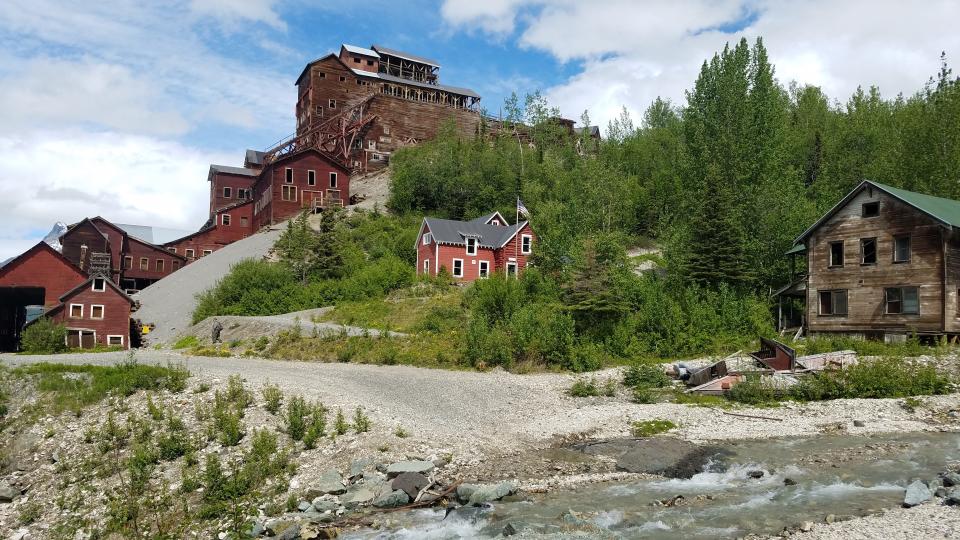
Can you drive through Wrangell-St Elias?
There are two gravel roads into the park that are owned and operated by the state of Alaska. The park’s website says Nabesna and McCarthy Roads are “usually passable” in the summer, but a high clearance vehicle is recommended for some portions of Nabesna Road. Additionally, heavy rains can make streams impassable.
Townsend said the road aren’t plowed regularly in the winter and “require extreme caution because they are narrow and icy with no services and limited emergency response.”
No matter the time of year, drivers are urged to check road conditions before heading into the park and to bring along plenty of emergency supplies, including spare tires, extra fuel, and plenty of food and water. “Visitors also need to ensure that car rental companies allow vehicles to travel on dirt roads,” Townsend said.
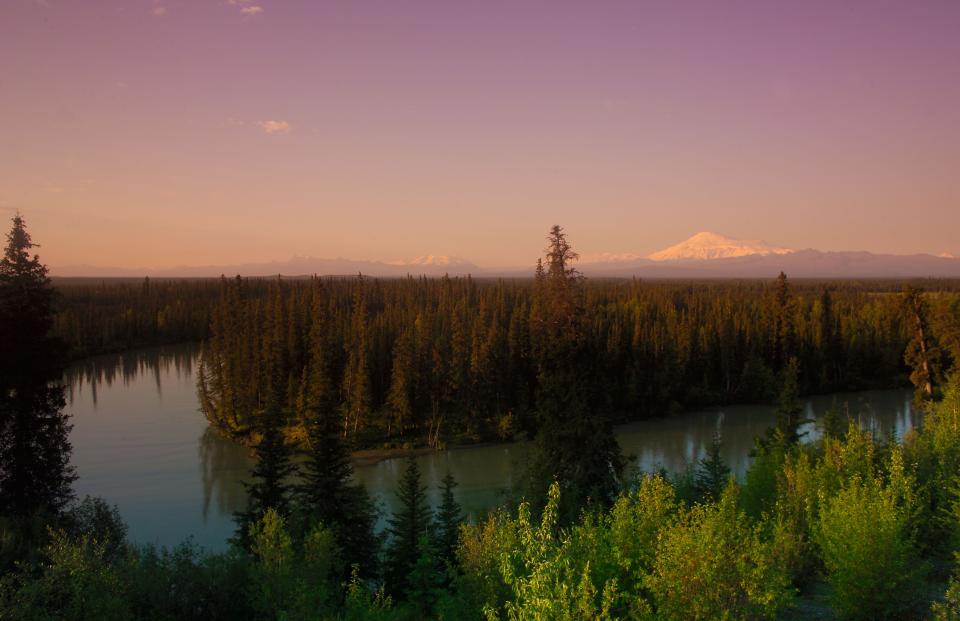
What else should travelers know about visiting Wrangell St. Elias?
“Visitors should be aware that Alaska is an incredible, inspirational, and wild place, but its remoteness, terrain, wildlife, and environment also make it a potentially hazardous place,’ Wittmer said. “Visitors should come adequately prepared for their visit.”
They’re advised to:
Learn about backcountry safety.
”Be bear aware” and keep plenty of distance from wildlife, including moose.
Leave No Trace behind them.
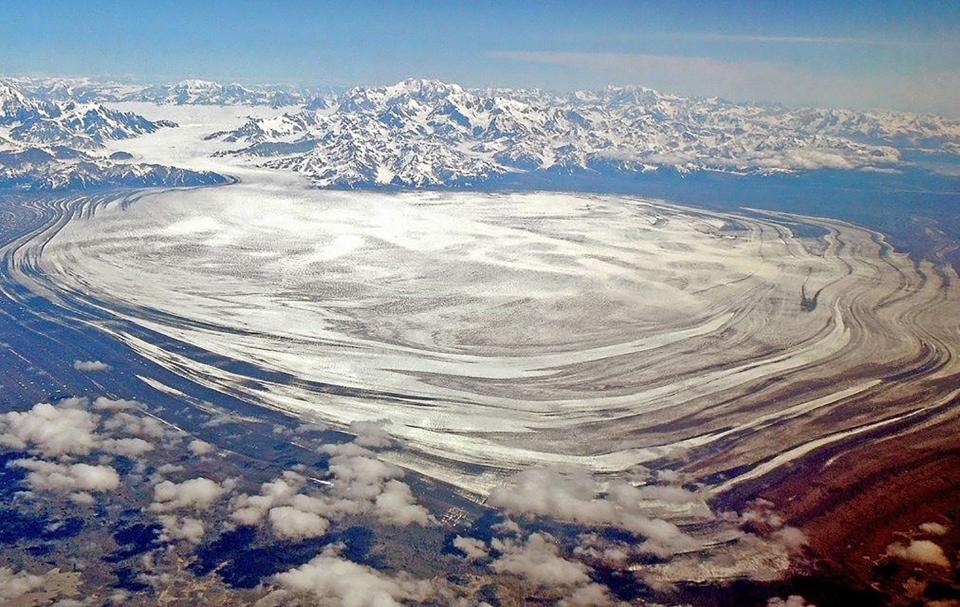
When the journey is the destination: What to know about seeing Alaska by cruise
Who are the Native people of Wrangell-St. Elias?
“The lands now called Wrangell-St. Elias National Park and Preserve have been home to Alaska Natives for thousands of years,” the park says on its website. “Today the Ahtna, Upper Tanana, Eyak and Tlingit are the four Alaska Native groups that call Wrangell-St. Elias their home and continue to live from the land and practice traditional subsistence activities.”
This article originally appeared on USA TODAY: Wrangell-St. Elias National Park is giant among national parks


